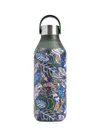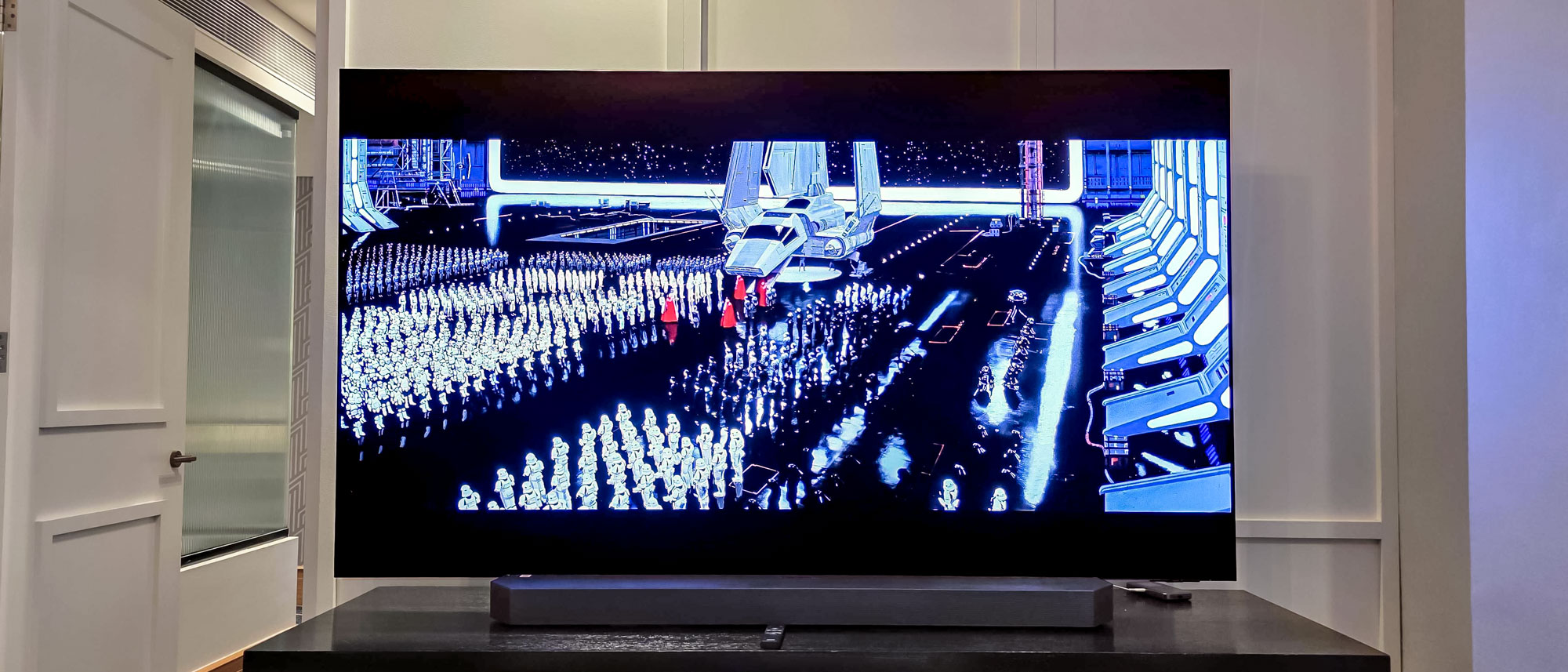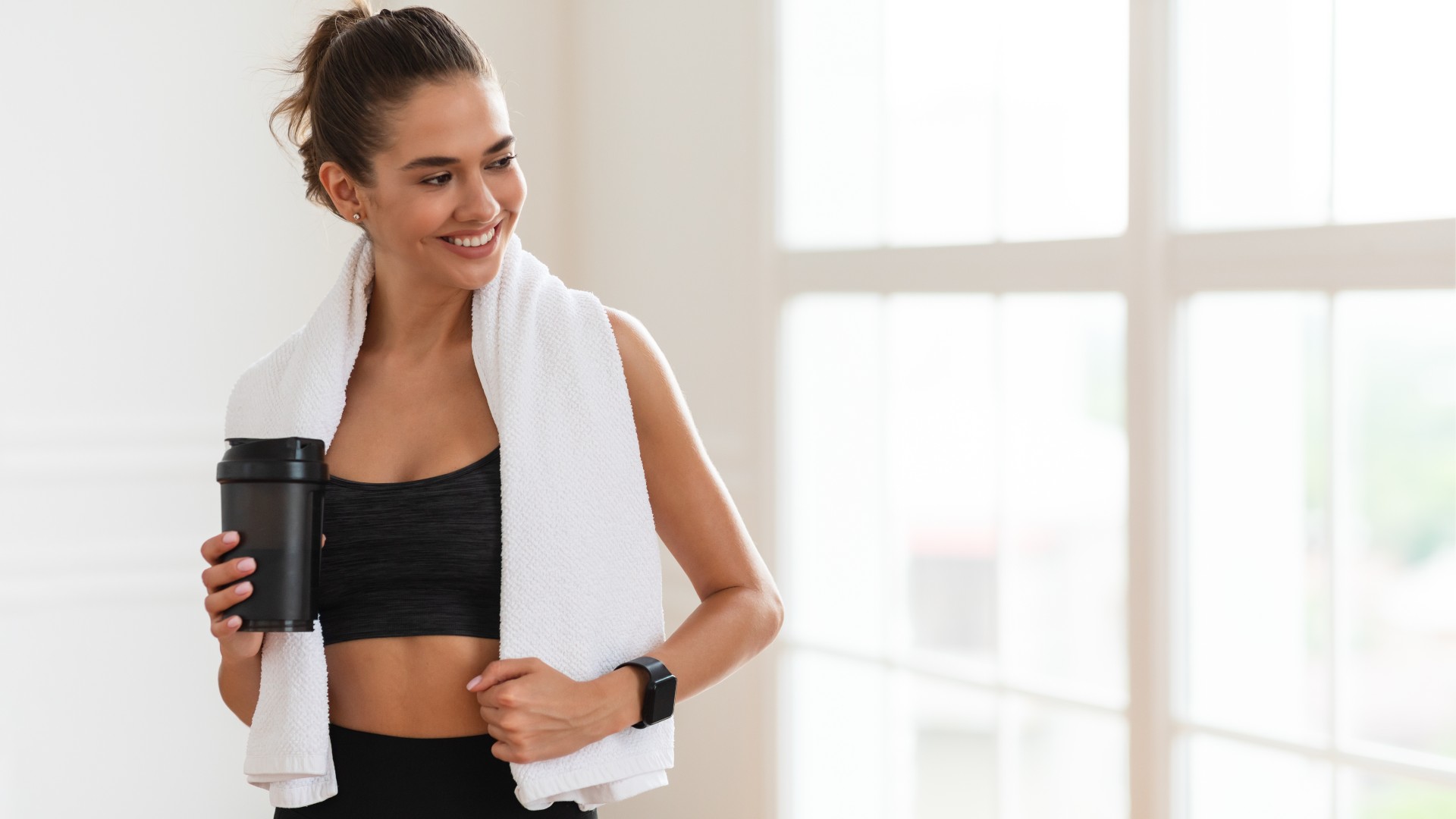
As a personal trainer and fitness writer, I often bat away fitness fads and TikTok workout challenges (like 75 Hard) with a stick. When I first heard about the “Winter Arc” challenge, I sighed, whipped out my phone, and hit a quick search to see what had just landed on — you guessed it — TikTok.
A hive of faddy health and wellbeing trends if you look in all the wrong places (or your algorithm turns against you), I am wary when TikTok challenges take off. Let’s not forget “The Grumpy Girl Stomp,” which still pains me to write, or the “Silent Walk” challenge, which involves pretty much just walking about without listening to music or podcasts.
I want to add that I’m all for people finding fresh and creative ways to enjoy mindfulness, breathwork, movement, or building mental strength. My issue with most of these challenges is how restrictive they become, often designed by people lacking relevant qualifications to distribute their advice.
So, onto the “Winter Arc.”
What is the “Winter Arc” challenge?
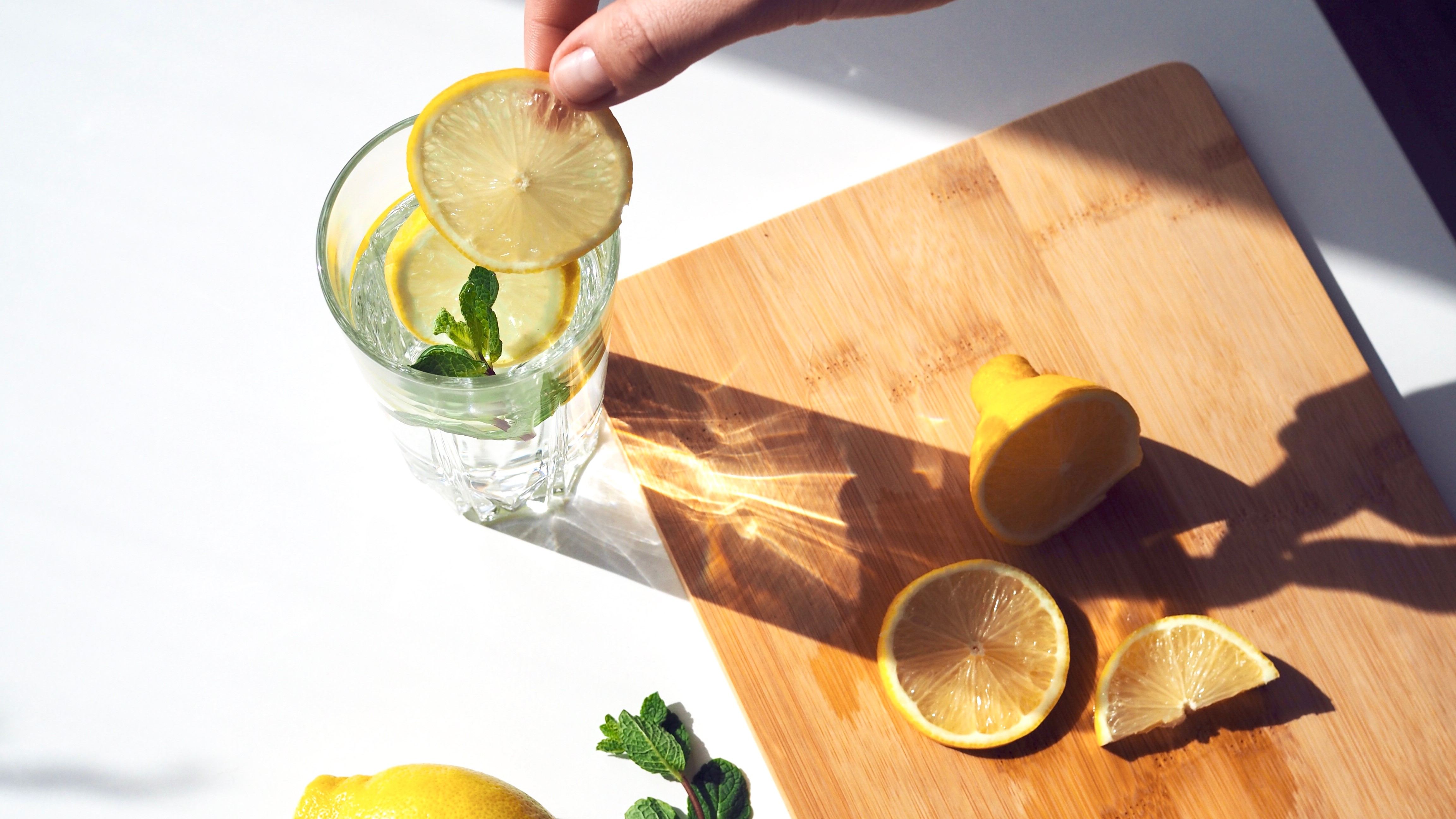
The “Winter Arc” challenge appeared as a TikTok video in September and instantly blew up. Since then, millions have taken up the challenge under #WinterArc.
The idea is that you use winter to focus on personal growth and build healthy, sustainable habits during the darker, colder months we humans hibernate. The goal is to spring sprung in time for, well, spring.
That could include improving nutrition, increasing fitness or mindfulness, or working on personal development. Unlike many of these challenges, there are no strict rules, so you should emerge victorious, a healthier, happier you, ahead of the New Year’s Resolution crowd, already established in your routine.
They say it takes 66 days to build a habit (and by “they,” I mean Phillippa Lally’s famous team study on the subject), so giving yourself a few months at the end of the year allows you to prepare without crash dieting your way through January.
And you’re not too late to start. The challenge began on October 1st and runs formally until January 1st, but it’s really set out for winter — hence the name. There are no formal rules, so approach it however you like. But before you do, here are a few tips that could help you smash it.
1. Be realistic
You’ve probably heard of SMART goals — specific, measurable, achievable, realistic, time-based. Well, we personal trainers use them with clients, too. It’s how we measure success for each individual and helps us develop progressive overload with gym-goers.
If you plan to see the challenge through, pick ideas you can realistically achieve and keep up for 90 days and beyond. That doesn’t mean overhauling your entire lifestyle overnight, so choose a couple of doable goals and laser focus on them.
That could mean setting your alarm an hour early to go for a walk or increasing your step count incrementally per day. And it doesn’t have to be 10,000 steps, according to research, 7,000 is enough!
If improving sleep hygiene is your goal, try to avoid blanket statements like “Get eight hours of sleep a night,” which may feel out of your control and ultimately like you’ve failed if you don’t.
Opt for bitesized goals like increasing your weekly sleep hours overall or switching off your phone an hour before bedtime. Here are a few other ways to improve your sleep regime, according to our sleep team.
Bitesize breeds consistency, so while there’s a time and place to go hard or go home, choose slow and steady for this challenge, and always think SMART.
2. Write down your guidelines and make them visible
I would say three or four (of the same) daily goals to build on are plenty. Once you’ve written them down, stick them on your fridge or even tack them to your mirror. A visual reminder or a checklist helps prioritize and can improve adherence.
For example, I always advise clients to keep one of the best gym bags stocked with workout gear and a pair of running or cross training shoes ready by the door. Physically setting up your space for success can help you mentally do the same.
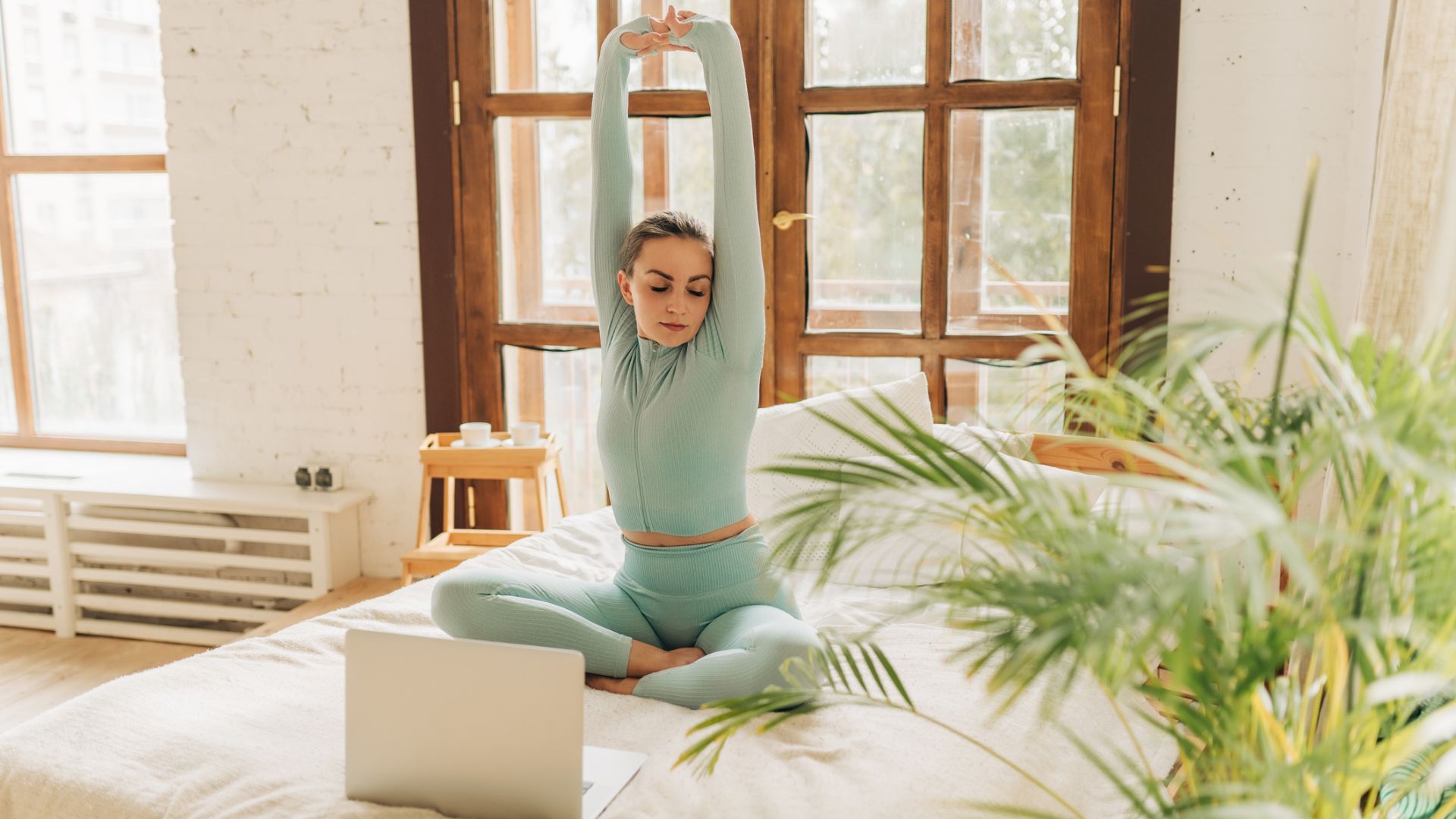
3. Reflect and adapt
Journaling is a mindfulness technique used for reflection. Mindfulness techniques are shown by studies — like this meta-analysis review — to reduce anxiety and help boost mood. Use it to help you reflect on the journey rather than the end goal. Start with a few sentences each day, and note things like mood and successes.
If a goal starts to feel unaligned, don’t be afraid to adapt. In a gym setting, trainers work on periodization with clients, meaning every few weeks or months we’ll adapt training plans to fit with the progress of each client — new routines, exercises, equipment, or loads, for example, to prevent physical plateau and mental boredom.
The “Winter Arc” isn’t rigid, so while you should aim to be accountable, you can still be flexible. That’s why I don’t recommend counting calories, and instead teach clients how to calculate macros — flexibility breeds consistency.
So should you try the ‘Winter Arc’ challenge?
If the process begins to feel more restrictive than helpful, the “Winter Arc” challenge might not be for you — and that’s fine. A daily check-in can be useful for assessing your mood and progress. If it’s negatively impacting your lifestyle, bin it, and no, that doesn’t mean you’ve failed!
If you feel overwhelmed, then break it down.
Pick a couple of areas that you think may negatively impact your lifestyle, then pick one small way to help improve each one over time. It can really be as simple as setting an Instagram daily limit or switching out how many coffees you drink a day. Here are some of my favorite “Winter Arc” challenge ideas:
- Try daily breathwork: Commit to a few minutes of breathwork in the morning or evening. Here are 3 breathing exercises for beginners to try, which have been shown to reduce stress and increase calm
- Walk in nature: Research shows that walking outdoors and being in nature can reduce anxiety and boost mood and creativity. Try even just 10 minutes per day to begin with and get creative with where you walk
- Build a consistent workout regime: Exercise builds stronger bones, muscles and joints, improves cardiovascular fitness and boosts mood and wellbeing, to name a few benefits. Create a workout routine that works for you — I love the idea of exercise snacking (exercise, but bitesize!)
- Adjust your sleep hygiene: Check out our techniques (above) for changing up your sleep routine. The research, like this study published by Sleep Medicine, found improving sleep hygiene could improve wellbeing and reduce stress levels
- Drink more water: Our editor drank one gallon of water a day for a month, and while you don't need to guzzle that much to benefit, the RDA is upward of 2 liters per day!
- Reduce screen time before bed
- Read a new book
- Try one new hobby per month
- Set your alarm an hour early for some “you” time: Make a coffee, journal, or even cuddle up with your dog.
More from Tom's Guide
- I took creatine every day for 12 days like Mark Wahlberg, and here's what happened
- I drank apple cider vinegar every day for 10 days like Victoria Beckham, and here's what happened
- How to lose weight and get in shape by walking
Sign up to get the BEST of Tom's Guide direct to your inbox.
Get instant access to breaking news, the hottest reviews, great deals and helpful tips.

Sam Hopes is a level 3 qualified trainer, level 2 reiki practitioner and senior fitness writer at Tom's Guide. She is also currently undertaking her Yoga For Athletes training course. Sam has written for various fitness brands and websites over the years and has experience across brands at Future such as Live Science, Fit&Well, Coach, and T3.
Having worked with fitness studios like F45 and Virgin Active, Sam now primarily teaches outdoor bootcamps, bodyweight, calisthenics and kettlebells. She also coaches mobility and stretching-focused classes several times a week and believes that true strength comes from a holistic approach to training your body.
Sam has completed two mixed doubles Hyrox competitions in London and the Netherlands and finished her first doubles attempt in 1:11.

